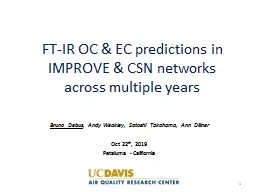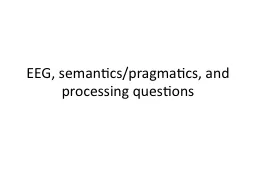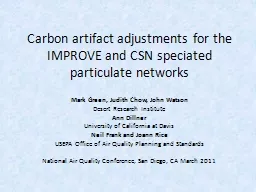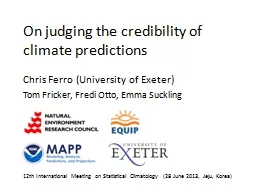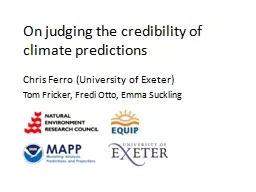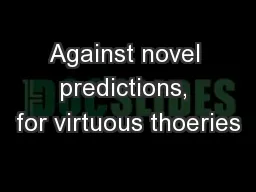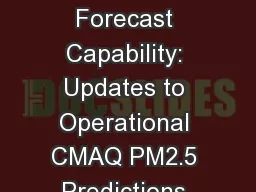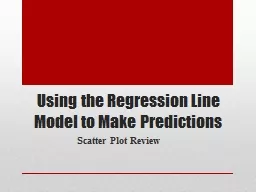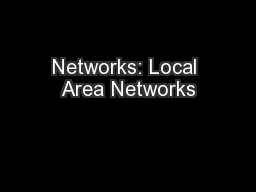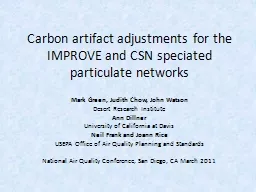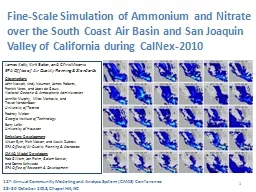PPT-FT-IR OC & EC predictions in IMPROVE & CSN networks across multiple years
Author : ventuilog | Published Date : 2020-06-23
Bruno Debus Andy Weakley Satoshi Takahama Ann Dillner Oct 22 th 2019 Petaluma California 1 Acknowledgements Funding for this project EPA and IMPROVE NPS Cooperative
Presentation Embed Code
Download Presentation
Download Presentation The PPT/PDF document "FT-IR OC & EC predictions in IMPROVE..." is the property of its rightful owner. Permission is granted to download and print the materials on this website for personal, non-commercial use only, and to display it on your personal computer provided you do not modify the materials and that you retain all copyright notices contained in the materials. By downloading content from our website, you accept the terms of this agreement.
FT-IR OC & EC predictions in IMPROVE & CSN networks across multiple years: Transcript
Download Rules Of Document
"FT-IR OC & EC predictions in IMPROVE & CSN networks across multiple years"The content belongs to its owner. You may download and print it for personal use, without modification, and keep all copyright notices. By downloading, you agree to these terms.
Related Documents

